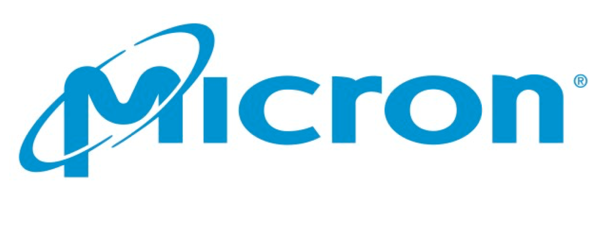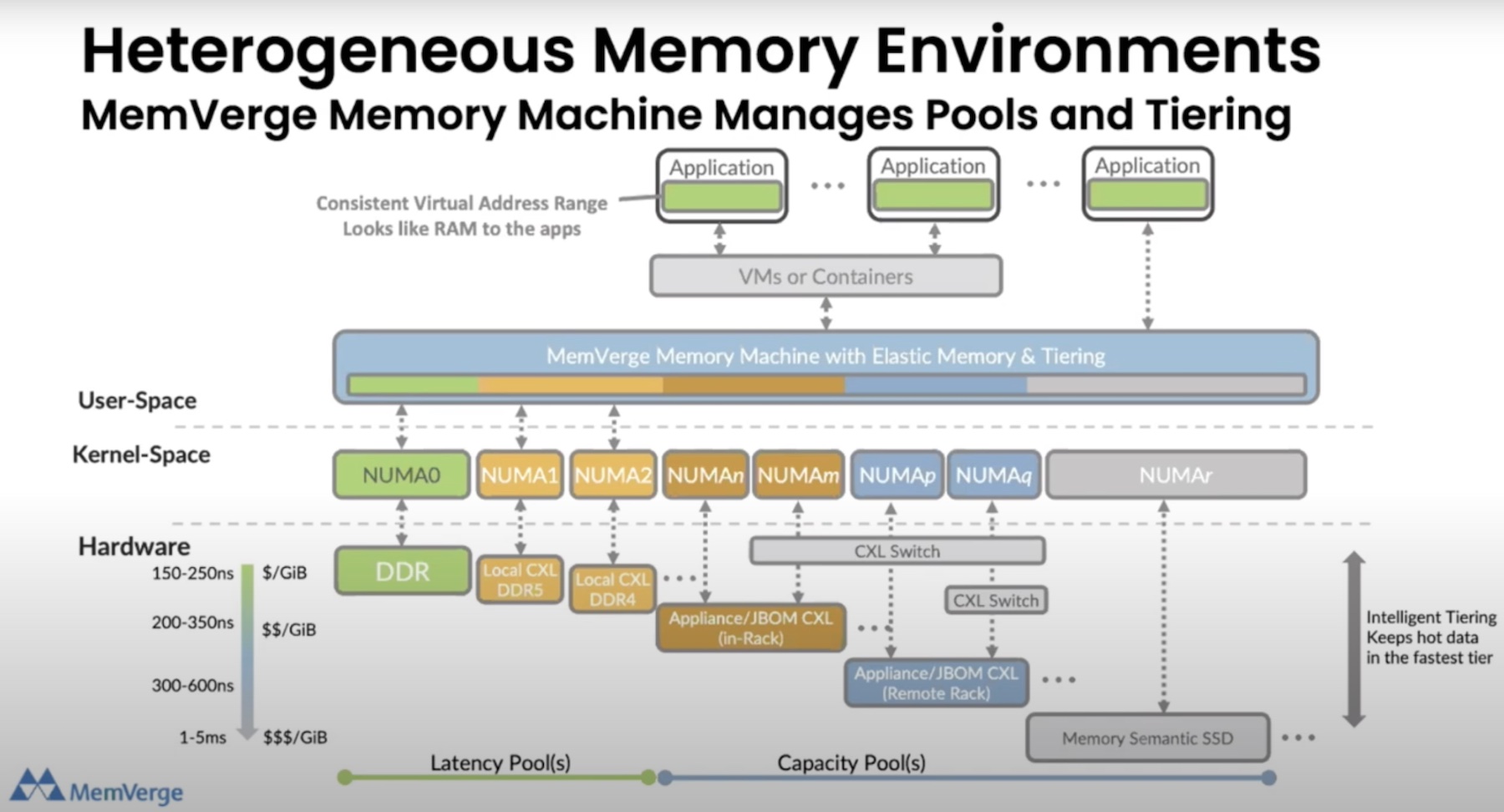My mobile phone has started suggesting locations to me. When it detects that I’ve started my car and connected to it via Bluetooth, it makes a recommendation based on the time of day and my behavior for that location. At lunchtime it suggests a restaurant nearby. In the evenings it suggests a destination for a group meeting. On the weekends it wants to send me to my mother-in-law’s house. At first, it felt somewhat random but as time goes on, my phone is figuring me out and making much better suggestions.
This is but one of the many applications that have become prevalent, thanks to the inclusion of artificial intelligence (AI) into modern software development. It may sound simple to suggest a restaurant when I get into my car at noon, but the power of the algorithms behind it are anything but simple. There is a learning aspect as well as a decision tree that goes into effect. Do I always go to the same place on Monday? Should I take the same route I did last time?
These are the capabilities of the software today. With AI integration, we can extend that even further to include things like checking to see if that restaurant is open, or rerouting based on road construction, or even suggesting a new restaurant based on preferences. It’s all part of how the system learns more about how you are to personalize the experience.
Cutting Edge Technology
The transformation of the cell phone from communications handset to personal computer has happened gradually enough that modern users don’t even realize how much has truly changed. The idea that we used to use these things for conversations only instead of text communications and Internet browsing is almost quaint.
Part of this comes from the way that software developers have pushed us to use the mobile devices we carry in new ways. It’s not just browsing the web or texting our spouses but building on the experience. We can book airline tickets or hail a taxi or even pay for meals without ever leaving the comfort of our screen. Arguments about facts can be settled on the spot. We can keep notes and share thoughts without needing to stand up from our chairs. All because software developers have built on the tools they have been given.
This personal experience is different for every user. Some people use their phone for texting. Others use it primarily as a camera. Still others love the freedom to become a social media star with video updates and content creation right from their device. No matter what people want to use them for, these mobile edge computing devices are flexible enough to support it.
This is the shift that is important to us as users. To call these mobile devices a “phone” betrays their true capabilities. These are edge computing devices capable of running software and complex algorithms. These are advanced communication devices and mobile video platforms. These have as much in common with the first generation of cellular phones as our car has in common with a bicycle.
Mobile Platform Expertise
I recently had the opportunity to talk to experts from Micron about this shift in the way we use mobile devices. Chris Moore and Ross Dermott talked extensively about how Micron is helping develop memory and storage technology to ensure that these advances are useful and impactful to mobile users.

Memory is a huge challenge in every computing platform, whether mobile or otherwise. Computers need memory to operate at peak performance. All of these software advances that incorporate AI require ample memory to run those calculations. If your algorithm is going to make recommendations that require inputs, then your system needs the kind of memory that can return that data as quickly as possible. To add even more complexity to the issue, this memory has to be optimized to work in an environment where the device runs on battery power and needs to go to sleep frequently to ensure that the user experience doesn’t end with a dead device.
You need a company like Micron that is focused on the development of semiconductors; memory and storage solutions. You may think that the flagship mobile device makers build their own components but most collaborate with the mobile ecosystem, who are experts in specific technology such as memory or storage. They may focus on the CPU or SoC technology, but much of what is incorporated into that package comes from suppliers like Micron. Their advanced DRAM and flash memory technology is enabling the transformation of smartphones into integrated personal assistants.
Having technology like this means that you can guarantee a level of high performance in your device. That kind of assurance also means your software developers can count on having the kind of performance they’re looking for to include special features. If you want to have your device doing on-board AI processing, you don’t want it to impact performance. Utilizing high bandwidth, low latency memory and high-capacity storage will enable these types of AI and ML experiences to run more smoothly and efficiently.
Bringing It All Together
Powerful memory in mobile devices changes the conversation about how they can be used. If you are a software developer and you know that the devices consuming your content have capabilities that allow you to make the experience more rich and more personalized, you are going to have a different outlook on the way you develop your offering. As we build a future full of exciting developments, many driven by technology like AI, it’s important to ensure the hardware is ready to lead us where we want to go.




